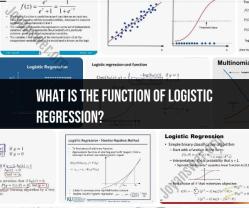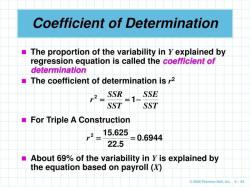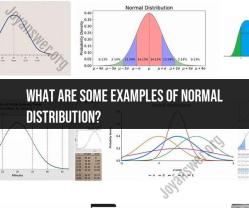Can restricted mean survival time be calculated using proc lifetest?
Yes, in SAS, the PROC LIFETEST procedure can indeed be used to calculate the restricted mean survival time (RMST) for survival data. The RMST is a measure that provides the average survival time up to a certain restricted time point.
To calculate the restricted mean survival time using PROC LIFETEST in SAS:
Example:
Assuming you have a dataset named mydata with variables for time-to-event (survival time) and event status (censoring indicator or failure indicator), here's how you might use PROC LIFETEST to calculate the RMST at a specific time point:
PROC LIFETEST data=mydata method=km;
time time_variable;
strata grouping_variable;
* Other options and statements as needed;
RUN;
Replace mydata with the name of your dataset and time_variable with the name of the variable containing the survival times. Also, replace grouping_variable with the variable that represents groups or strata in your data (if applicable).
The METHOD=KM option specifies the Kaplan-Meier method, which is often used for estimating survival functions in PROC LIFETEST.
The RMST can be calculated by specifying the TIME statement within PROC LIFETEST and adding the appropriate options or statements based on your analysis requirements. For RMST, you might need additional options to specify the time point up to which you want to calculate the mean survival time.
Additional Option for RMST Calculation:
To compute the RMST at a specific time point, you can use the RMST statement in PROC LIFETEST. For example:
PROC LIFETEST data=mydata method=km;
time time_variable;
strata grouping_variable;
rmst at(60); /* Calculate RMST at time point 60 units */
RUN;
In this example, RMST AT(60) calculates the RMST at the time point of 60 units (you can replace 60 with your desired time point).
Remember to adjust the code according to your specific dataset, variable names, and analysis requirements.
Consult SAS documentation or resources for more details on PROC LIFETEST options and syntax, as it offers various functionalities for survival analysis, including RMST calculation and survival curve estimation.
Understanding the concept of restricted mean survival time and its applications
Restricted Mean Survival Time (RMST):
The restricted mean survival time (RMST), also known as the restricted mean event time, is an alternative measure of survival time that is often more reliable than the mean and median survival time in certain situations. Unlike the mean and median survival time, RMST is not affected by a few extreme observations, such as unusually long survival times.
Applications:
RMST finds applications in various fields, including:
Clinical Trials: In clinical trials, RMST can be used to compare the effectiveness of different treatments by evaluating the average survival time of patients within a specific time frame, such as the first five years after diagnosis.
Epidemiology: In epidemiology, RMST can be used to assess the survival of individuals within a specific population, providing insights into disease progression and treatment outcomes.
Reliability Analysis: In reliability analysis, RMST can be used to evaluate the average lifespan of components or systems, aiding in maintenance planning and risk assessment.
Calculating restricted mean survival time using proc lifetest in SAS
The RMSTREG procedure in SAS is specifically designed for analyzing survival data and calculating RMST. The procedure provides options for various statistical models and estimation methods for RMST.
Example:
proc rmstreg data=survival_data;
model survival_time = treatment;
output out=rmst_results;
run;
This code performs RMST analysis on the 'survival_time' variable, considering the 'treatment' variable as a factor. The output dataset 'rmst_results' contains the RMST estimates for each treatment group.
Interpreting the output of proc lifetest for restricted mean survival time
The output of proc lifetest for RMST typically includes:
RMST estimates: The estimated RMST values for each treatment group or covariate level.
Standard errors: The standard errors associated with the RMST estimates, indicating their precision.
Confidence intervals: The confidence intervals for the RMST estimates, providing a range of plausible values.
P-values: The p-values for the statistical tests associated with the RMST estimates, indicating the significance of the treatment or covariate effects.
Comparing restricted mean survival time with other survival time measures
RMST should be considered in conjunction with other survival time measures, such as mean survival time, median survival time, and hazard ratio. Each measure provides different insights into the survival distribution.
Mean Survival Time: Represents the average time individuals are expected to survive.
Median Survival Time: The time at which half of the individuals have survived and half have experienced the event.
Hazard Ratio: Quantifies the relative risk of experiencing the event for different groups or individuals.
Limitations of using proc lifetest for restricted mean survival time calculations
While proc lifetest is a valuable tool for RMST analysis, it has some limitations:
Limited to certain models: Proc lifetest is limited to specific statistical models for RMST estimation, not covering all possible models.
Handling time-dependent covariates: Proc lifetest may not handle time-dependent covariates effectively, requiring alternative approaches.
Sensitivity to outliers: RMST can be sensitive to outliers, particularly when estimating standard errors and confidence intervals.












